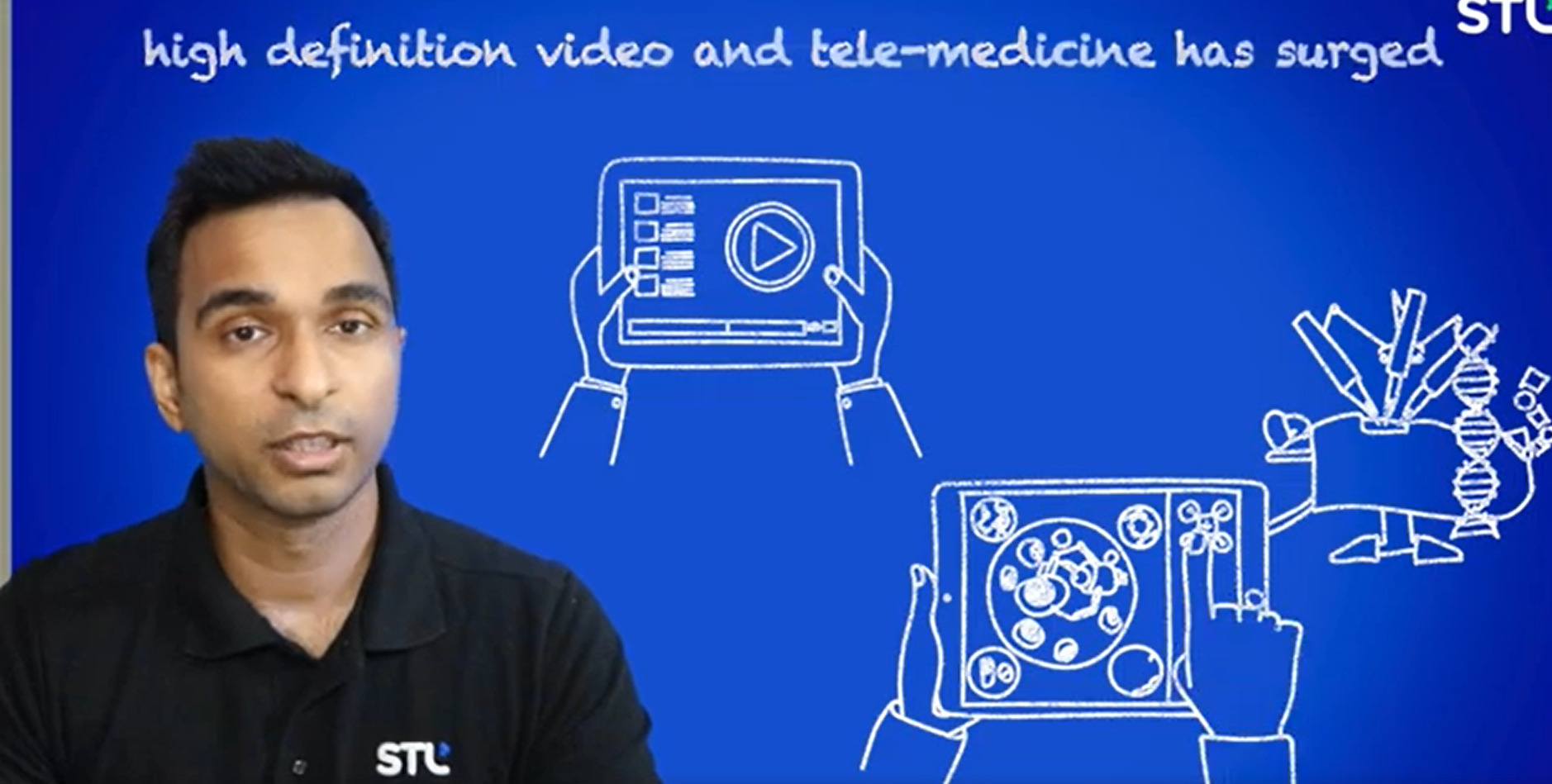We discuss the following topics in this blog:
- High definition video and telemedicine leading to increased data traffic
- Underground cable deployment in trenches.
- Advantages That Micro Cables Offer
In addition to these topics, we shall also be answering the following FAQs:
- What is WiFi?
- What is an Optical Fibre Cable?

Contents
Increase in Data Traffic
Today I will take you through new age efficient methods of deploying optical networks using micro cables. World over the use of high bandwidth applications such as high definition video and telemedicine has surged leading to an increase in data traffic and this is only expected to grow further. Meeting the increased demand for high-speed internet connectivity is imperative for keeping up with the data-hungry world operators, therefore, the need to scale up urgently, and building dense optical fiber networks is the only way forward.

Optical fiber cables can be deployed underground or aerially. Today we shall discuss underground cable deployment. Underground cables can be buried directly in trenches or can be put in ducts laid inside the trenches cables are mostly laid using ducts when laying cables inside ducts operators usually adopt the pulling method.

In the pulling method, a cable is pulled through the duct an empty duct is rodded to first install a winch rope which further pulls the cable through the duct this requires manpower at both ends of the duct. This has its own limitations. The process is slow only 15 to 30 meters can be deployed per minute in order to cater to future demand the cable deployed has a high number of fibers than what is required as of now manholes for cable installations are required every 200 to 250 meters making it expensive and time-consuming addressing these issues are an amazing combination of micro ducts and micro cables.
So What are my Products?

These are smaller conduits with an internal diameter as small as 10 millimeters subdividing the main duct space they leave provisions for 2/ 3/ 4 /7 or even 8 pathways inside the same duct eliminating the need to dig and put a new duct every time there is a need to lay more fiber or cable

These super-slim cables are called micro cables for the same fiber count they are comparatively slimmer than the traditional loose tube duct cables for example STL next-gen microlight cable is the world’s slimmest micro cable which is having 576 fibers and with a diameter of just 10.3 mm.
It reduces the right of ratios and increases the speed of network rollout. This aligning of fiber deployment with customer demand optimizes capital expenditure it expedites network expansion without interrupting existing services micro ducts being slimmer than the regular ducts need cables that can fit into these slimmer ducts.
What are the Advantages That Micro Cables Offer?
- They are four times denser than conventional depth cables thereby optimizing duct space.
- They improve the duct to cable fill ratio by allowing operators to install fiber with the only required number of fibers with the method called blowing or jetting.
- They can be easily blown inside microducts using airflow.
- The cable design cleverly optimizes blow installation as the inside wall of the microduct is coated with a low friction material this results in a fast blowing of these lightweight cables at a speed of 80 to 140 meters/minute.
- Cables can be deployed across six to eight kilometers in a day vis-a-vis two kilometers/day in the cooling method.
- Operators can deploy a resilient network with micro cables in areas with poor weather conditions.
- You can see the advantages of micro cables vis-a-vis traditional use tube cables by comparing the benefits of blowing 7 cables with 288 fiber each inside a 7-way multi-duct against putting a single 288 fiber conventional duct cable in a duct with an internal diameter of 41 mm accommodates seven times more fiber four times faster installation through air blowing enables easy network expansion is cost-effective.
FAQs
What is WiFi?
Put simply, WiFi is a technology that uses radio waves to create a wireless network through which devices like mobile phones, computers, printers, etc., connect to the internet. A wireless router is needed to establish a WiFi hotspot that people in its vicinity may use to access internet services. You’re sure to have encountered such a WiFi hotspot in houses, offices, restaurants, etc.
To get a little more technical, WiFi works by enabling a Wireless Local Area Network or WLAN that allows devices connected to it to exchange signals with the internet via a router. The frequencies of these signals are either 2.4 GHz or 5 GHz bandwidths. These frequencies are much higher than those transmitted to or by radios, mobile phones, and televisions since WiFi signals need to carry significantly higher amounts of data. The networking standards are variants of 802.11, of which there are several (802.11a, 802.11b, 801.11g, etc.).
What is an Optical Fibre Cable?
An optical fibre cable is a cable type that has a few to hundreds of optical fibres bundled together within a protective plastic coating. They help carry digital data in the form of light pulses across large distances at faster speeds. For this, they need to be installed or deployed either underground or aerially. Standalone fibres cannot be buried or hanged so fibres are bunched together as cables for the transmission of data. This is done to protect the fiber from stress, moisture, temperature changes and other externalities.
There are three main components of a optical fibre cable, core (It carries the light and is made of pure silicon dioxide (SiO2) with dopants such as germania, phosphorous pentoxide, or alumina to raise the refractive index; Typical glass cores range from as small as 3.7um up to 200um), Cladding (Cladding surrounds the core and has a lower refractive index than the core, it is also made from the same material as the core; 1% refractive index difference is maintained between the core and cladding; Two commonly used diameters are 125µm and 140µm) and Coating (Protective layer that absorbs shocks, physical damage and moisture; The outside diameter of the coating is typically either 250µm or 500µm; Commonly used material for coatings are acrylate,Silicone, carbon, and polyimide).
An optical fibre cable is made up of the following components: Optical fibres – ranging from one to many. Buffer tubes (with different settings), for protection and cushioning of the fibre. Water protection in the tubes – wet or dry. A central strength member (CSM) is the backbone of all cables. Armoured tapes for stranding to bunch the buffer tubes and strength members together. Sheathing or final covering to provide further protection.
The five main reasons that make this technology innovation disruptive are fast communication speed, infinite bandwidth & capacity, low interference, high tensile strength and secure communication. The major usescases of optical fibre cables include intenet connectivity, computer networking, surgery & dentistry, automotive industry, telephony, lighting & decorations, mechanical inspections, cable television, military applications and space.













